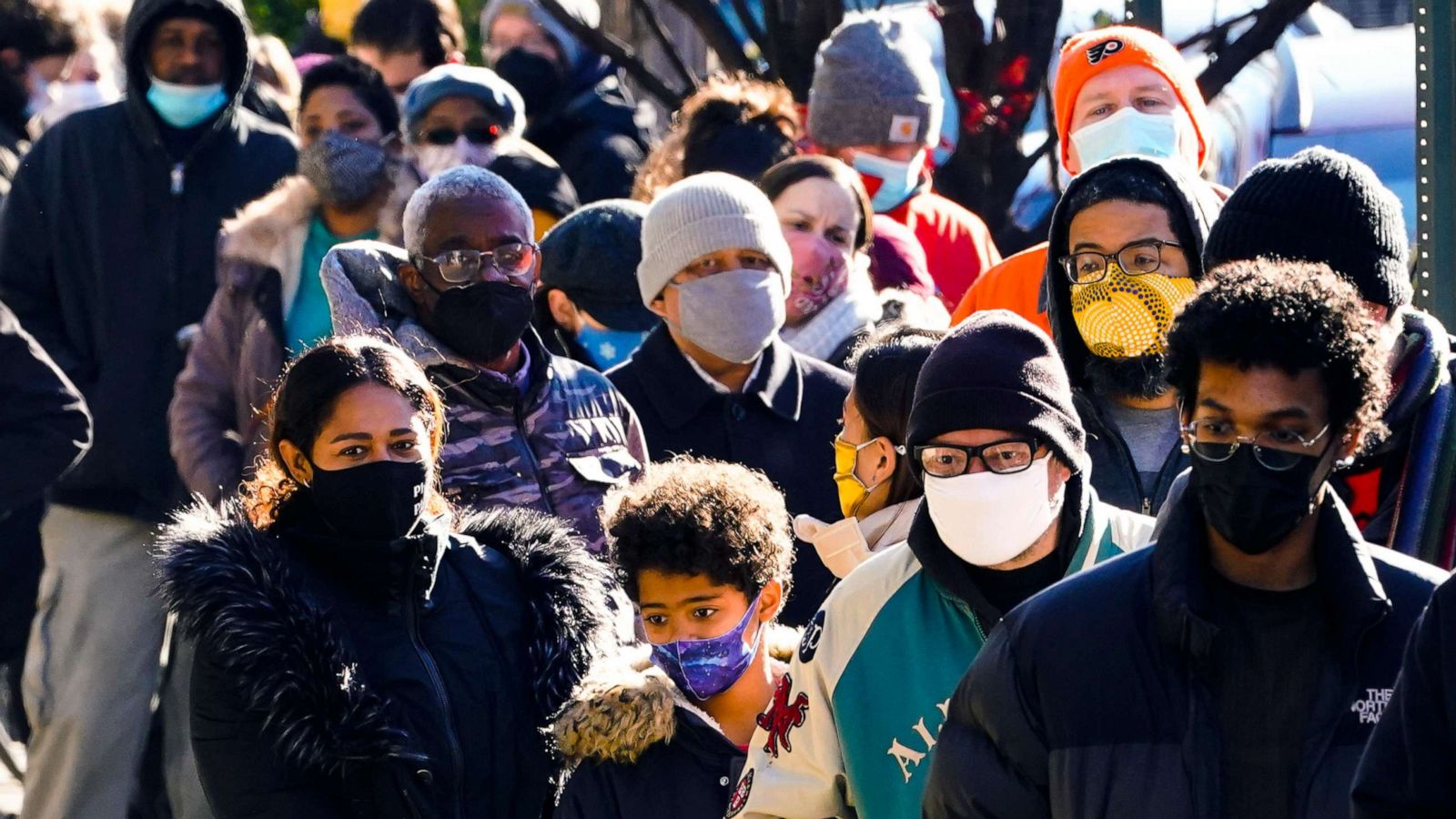
The holiday season, combined with the emergence of novel sub-variants of the Omicron variant of COVID-19, has resulted in an increase in cases in the United States. According to the US Centers for Disease Control and Prevention, hospital admissions are increasing and are currently at the fourth-highest rate of the epidemic (CDC).
While the new sub-variants have improved transmissibility and the ability to escape some antibodies, experts stress that effective masking, ventilation, boosters, and other safeguards have also helped to limit disease spread. However, people are less receptive to antivirals, and masking is no longer required, causing vaccination and testing to resurface during the winter season.
“Hospitals are at maximum capacity,” Brendan Williams, president, and CEO of the New Hampshire Health Care Association told Guardian about his region’s current rates. “I’m not sure what the trajectory of this thing’s going to be, but I am worried.”
The majority of COVID-19 patients in hospitals are 65 and older. However, the proportion of children under the age of four is expected to nearly treble by 2022.
COVID-19 fatalities increased by 44% in the last week, from 2,705 in the week ending January 4 to 3,907 in the week ending January 11.
“Certainly it does not appear that we are peaking yet,” Neil Sehgal, an assistant professor of health policy and management at the University of Maryland School of Public Health, told the Guardian.
The majority of cases in the country are Omicron sub-variants BQ.1.1 and BQ.1
The majority of cases in the country are Omicron sub-variants BQ.1.1 and BQ.1, as well as the rapidly increasing XBB.1.5. The northeast has the highest proportion of cases, with more than 80% of cases thought to be XBB.1.5 sub-variant
“With XBB, there’s such a significant transmission advantage that exposure is really risky, it’s riskier now than it’s ever been” in terms of transmissibility, Sehgal said.
While at-home test kits have meant that the official figure hasn’t risen as quickly, the positivity rate among the tests recorded stands at 16%.
The good news is that hospitalizations are nowhere near the pandemic’s recent highs. Experts attribute it to immunity from past diseases and immunizations.
However, data suggests that immunity to COVID-19 deteriorates over time, and patients should opt for the most recent bivalent boosters, which are highly effective at lowering the risk of serious disease and death. Unfortunately, only 15.4 percent of adults in the United States over the age of five have gotten the new boosters.
